As long before St. Mark’s Day as the frogs are heard croaking,
so long will they keep quiet afterwards.Traditional proverb
Hi folks! My name is Kristin - I’m a Pacific Northwest artist, farmer, & mom sharing art and reflections inspired by the sacred & the seasonal, place & past. I explore the agrarian heritage of the liturgical calendar and how our varied homes, landscapes, & lives reflect it.
Subscribe for free to receive reflections once a month. If you’d like to go deeper, delve into all my posts here, and access my library of printables, please consider joining our community of seasonal, liturgical living!
Today’s missive will arrive right on St. Mark’s day. I’ve been quiet here, privately pouring time into my sketchbooks, imagining new ways of sharing seasonal art, resources, & reflections…ways that are sustainable for me and for you! There is so much to take in, so much beauty and wisdom to ponder: but my ultimate hope is that these notes from me would help spur your own celebrations. That they would be prompts encouraging you to look with attentiveness and curiosity at how these seasonal holidays appear in your own locale; and I’m a big believer that you can find & celebrate the agrarian roots of the liturgical calendar in any setting, however urban. There’s a lot of wisdom in the historic ways of life that birthed the celebrations of these calendar days, and we can find traditions to graft that wisdom into all our varied circumstances.
St. Mark’s Day is a springtime feast chorused by frogs, adorned with bright tulips, and bearing Venetian flavors.
Being a vernal saint, St. Mark was heralded as the “Master of Weather” - and his feast was an opportunity for communities to rally around their farmland and invite blessings upon it, amidst all the uncertainties encapsulated in the wistful hope of springtime planting.
This same day was, paradoxically, also a fast day; coinciding with the ancient tradition of the Major Rogation, litanies were prayed, fasts kept, and farmers were even asked to cease plowing for the day.
That’s quite the feat for farmers anxious in the spring, when every sunny & dry opportunity for preparing fields, amidst the temperamental springtime weather, is eagerly snatched up.
To have elements of feasting and fasting on St. Mark’s Day, though, is really such a startling reminder, though. Our agrarian forebears were in the midst of spring fever - celebrating, busy, productive, preparatory. They had crucial work to do, work dependent upon the whims of the weather.
Undergirding that dependence, though, was a preeminent dependence upon God; and the Rogation fasting of St. Mark’s Day served as a potent reminder. A reminder that all the work we do, all our efforts and visions, are not first principles; they grow only from the fertile soil of the Incarnation. It’s crucial that we set hand to our plow; but we must also soberly realize that our work is only possible because of our dependence. We take hold of the the opportunities that we can, but we’re asked to recall that we do this not alone, but in concert with God and with our neighbor.
Christ shifts our perspective, widens it; and via St. Mark’s Day, he asks us to realign our relationship with God, with our neighbor, and with our landscape.
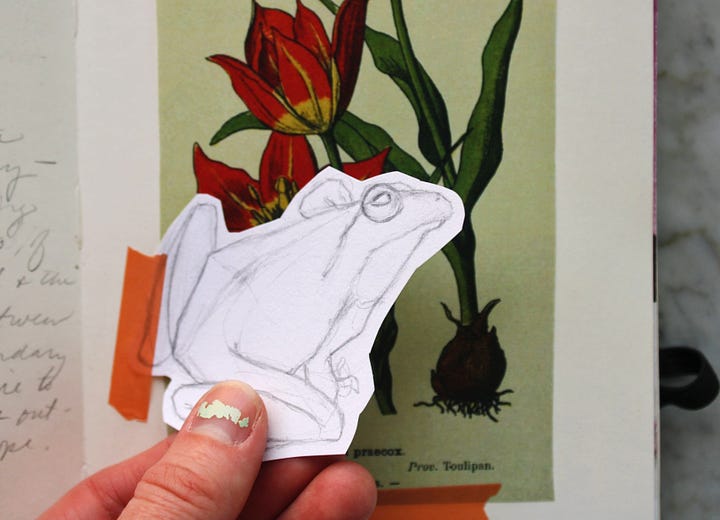
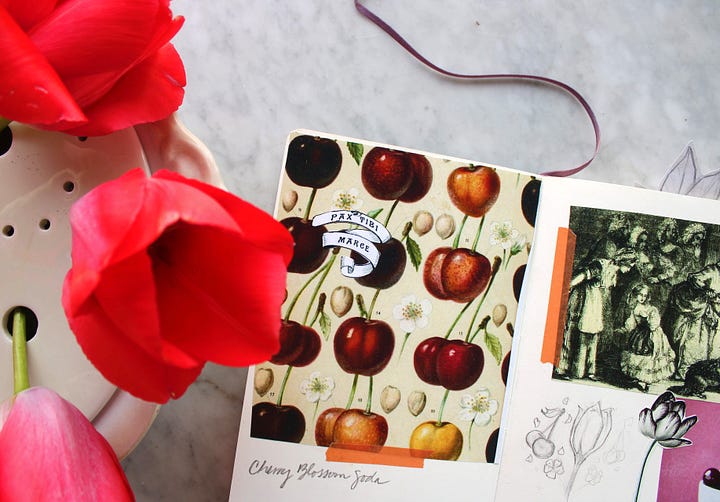
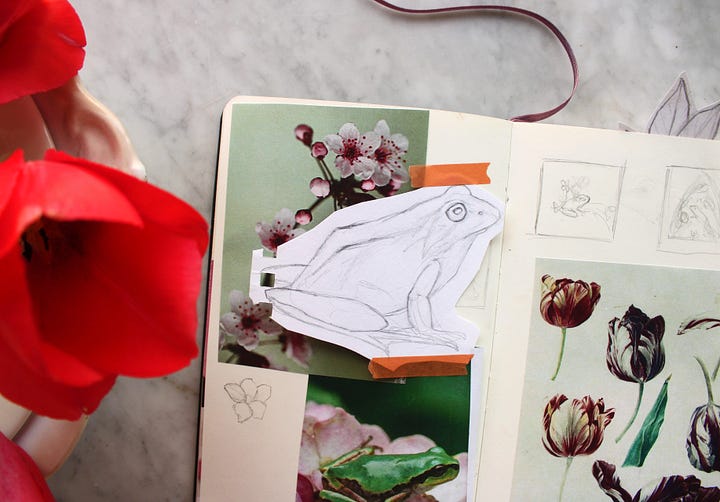
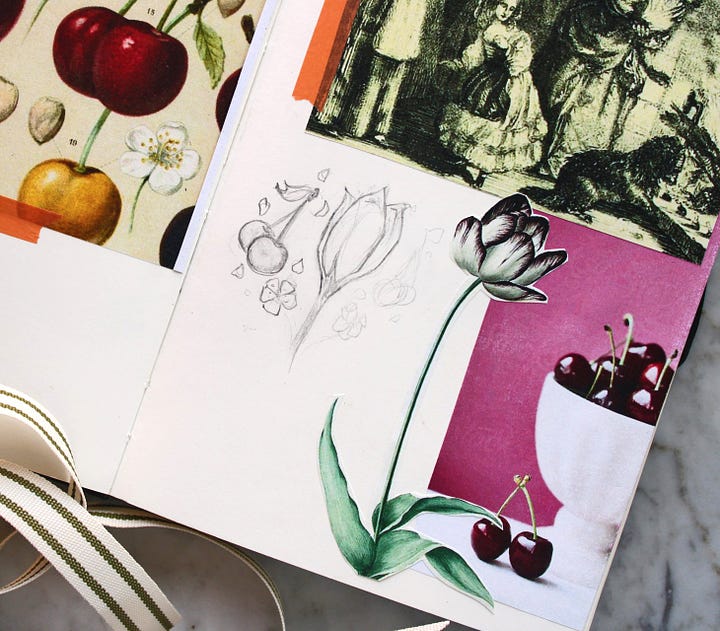
Nature & Agrarian Emblems
CLARIMOND TULIP (Tulipa praecox) | In full blow near London around St. Mark’s day.
CHERRIES | There’s a curious legend about Pope St. Gregory the Great – he was craving a bowl of ripe cherries on St. Mark’s Day, but all the cherry trees were in bloom and had no fruit yet. A gardener, looking for cherries to no avail, encountered St. Mark; the saint blessed the tree with ripe fruit, and Gregory enjoyed a bowl of cherries.
LAUREL | Venice symbolizes St. Mark with a lion surrounded by laurel branches.
FROGS | “As long before St. Mark’s Day as the frogs are heard croaking, so long they keep quiet afterwards.”
LION | Venetian legend says that St. Mark, sheltering from a storm, was visited by an angelic lion that spoke to him: “Pax tibi Marce, evangelista meus. Hic requiescet corpus tuum” (“Peace be with thee, O Mark, my evangelist. Here thy body will rest.”) Mark’s emblematic lion may also reflect his gospel’s description of John the Baptist: a voice crying out in the wilderness (Mark 1:3).

The St. Mark that we celebrate today is believed to be the author of the gospel of Mark. Probably born of Jewish parents, he is thought to have been a disciple of St. Peter, from whom he directly learned about the life of Christ. Bringing the gospel and the episcopacy to Alexandria, Mark acted as the first Alexandrian bishop and was ultimately martyred circa 68 AD. Centuries later, though, his body was taken by some Venetians back to Venice, where devotion to St. Mark had grown and flourished ever since.
And so, St. Mark’s legacy bears traces of all the varied cultures he encountered (whether alive or dead!), which seems only appropriate for the author of one of the gospels that would continue to shift hearts across time and space.
Untir’d she read the legend page,
Of holy Mark, from youth to age;
On land, on sea, in pagan-chains,
Rejoicing for his many pains.
Sometimes the learned eremite,
With golden star, or dagger bright,
Referr’d to pious poesies
Written in smallest crow-quill size
Beneath the text; and thus the rhyme
Was parcel’d out from time to time:
— “Als writith he of swevenis,
Men han beforne they wake in bliss,
Whanne thate hir friendes thinke hem bound
In crimped shroude farre under grounde;
And how a litling child mote be
A saint er its nativitie,
Gif thate the modre ( God her blesse! )
Kepen in solitarinesse,
And kissen devoute the holy croce.
Of Goddis love and Sathan’s force, —
He writith; and thinges many mo:
Of swiche thinges I may not show.
Bot I must tellen verilie
Somdel of Sainte Cicilie;
And chieflie whate he auctorethe
Of Sainte Markis life and dethe.”
At length her constant eyelids come
Upon the fervent martyrdom;
Then lastly to his holy shrine,
Exalt amid the tapers’ shine
At Venice, —John Keats, excerpt from the Eve of St. Mark (1819; unfinished poem)
Art + Resources
Prints
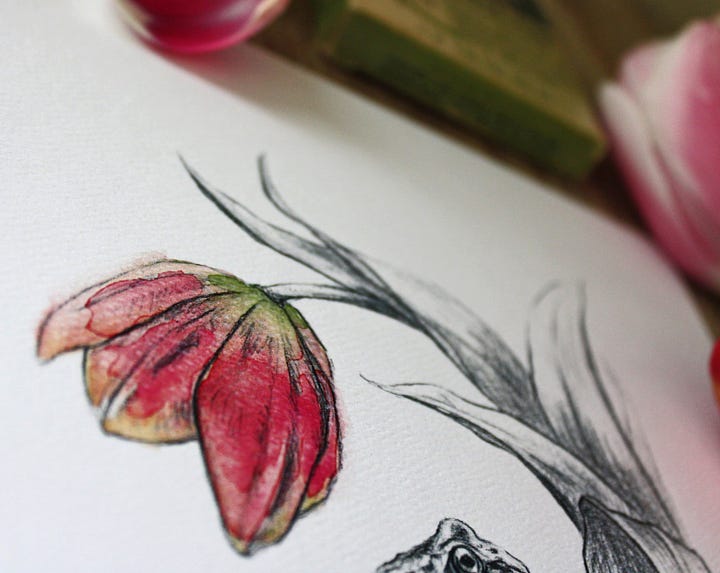
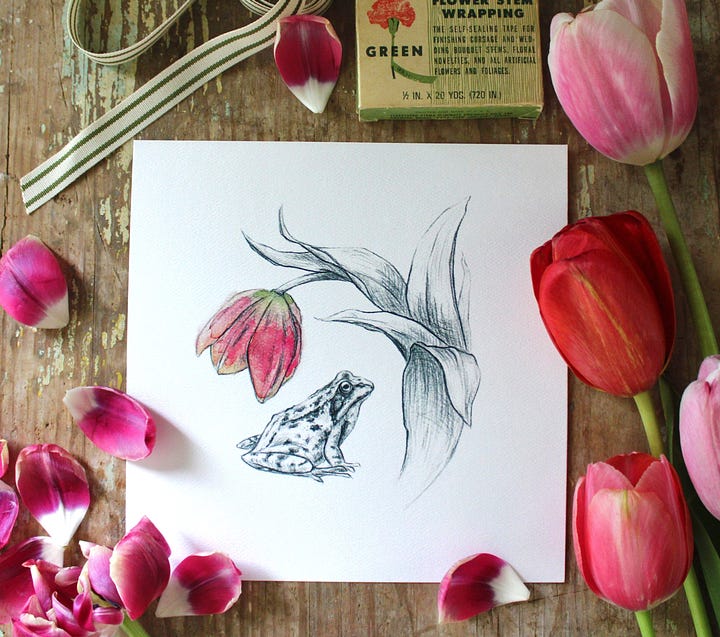
For this piece, I was inspired by the color story embedded in the symbols of St. Mark’s Day, letting the focus be on just a few loose washes of color. I also swatched the few colors I mixed…like a little spectrum of St. Mark.
I had prints made at our local printer, on beautifully-textured paper; it’s available as an 8x10” print with the text and color swatches, without the text/swatches, and an 8x8” without text/swatches.
Printables


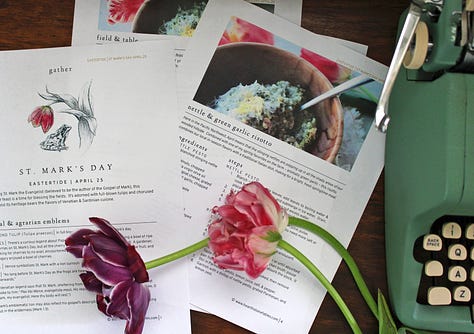
Though I’ve been working on printable Book of Hours pages the past few months, I’m pausing the sharing of those so that I can catch-up behind the scenes on them - if you’ve been collecting them, keep an eye out for the rest of the calendar pages to be available in the next few months.
Because I believe that celebrating in community is so valuable, I have a few offerings to help you cultivate your own group celebrations. As you dive into St. Mark’s Day below, you’ll find festive spring ideas to help you celebrate - all of those complete recipes are available, as well as additional ideas, tags, fill-in sheets, and reflections in a little gather: St. Mark ebook!
My paid subscribers can find it (as well as lots of other printables!) in the Scriptorium, and if you’d like to make a single purchase, you can also find it on Etsy:
Field & table
Here in the Pacific Northwest, April brings a cacophony of frog-song at night and the foraging staple of stinging nettle. Combined with one of my spring favorites on the farm – aromatic green garlic1 – this risotto weaves together our local in-season flavors with a traditional Italian dish, making for a fresh springtime meal. A fitting meal to unite our local offerings with the Venetian heritage of St. Mark’s Day!
Though risotto can feel time-consuming (add the chicken stock just a bit at a time so that the rice has a chance to absorb it), making the nettle pesto ahead of time can simplify supper a bit. (And this pesto turned out tasty - stinging nettle, green garlic instead of traditional garlic cloves, hard goat cheese, and some lemon juice bring out such bright flavors!)
And one of the things I love most about pesto is how versatile it can be. If you don’t have nettle where you are, or you just don’t feel like going through the hassle of handling it (I get it!), you can substitute another local green. Honestly, the only reason I ended up using green garlic was because I’d discovered that I was out of bulbs in the kitchen - so, off to the field to find a substitute!2
It’s easy to forget that the liturgical calendar is geared toward local expressions of faith.3 The reason that St. Mark is traditionally celebrated with Italian food is, after all, due to the strange occurrence of his body being stolen away to Venice, where his popular devotion grew over time…and, naturally, bore out Venetian flavors and traditions.
I do love looking to these heritage pieces, since it helps me connect with the continuity of faith from previous generations and other parts of the world. But if I don’t incarnate this into my own situation - find some way of molding it into my circumstances, here & now in the Pacific Northwest - I feel less like I’m celebrating, and more like I’m re-creating.
And there is beauty in that. I’m a history nerd, after all. But if I want the rhythms of the Church calendar to be a path of spiritual formation for me and mine, and I need to widen my perspective and let it settle into the time & place where I find myself.
In terms of celebration, all I can authentically speak to is my own local expression of these holidays; I can’t pretend to know the nuances of how these feasts & fasts appear in the natural & agrarian seasons of other regions. But that’s why, alongside my reflections here, I like to consistently ask: how can you adapt St. Mark’s day to your time & place? I’m incredibly fortunate to be able to find green garlic outside when I don’t have a clove left in the house. But even if you’re in an urban environment, you can look for your local, seasonal offerings - whether through the farmer’s market, urban garden, or just learning more about the weeds growing in your neighborhood and exploring urban foraging.
My hope is that these recipes & ideas can be a jumping-off point; that, if you have nettle around and want to tame this springtime creature, you’ll go for it! Or, if it’s not local to you, you’ll just replace it with something else that is easier for you to find.
Even simply keeping a journal or sketchbook devoted to noticing your local in-season food, plants, & animals is a beautiful way to tune yourself toward attentiveness to your locale, and to how St. Mark’s Day appears in your homeplace. Just look out the window and notice the birds that are re-appearing; learn about who they are, and what their role is in your local ecosystem. No foraging or gardening necessary - just pencil, paper, & a library or a search engine!
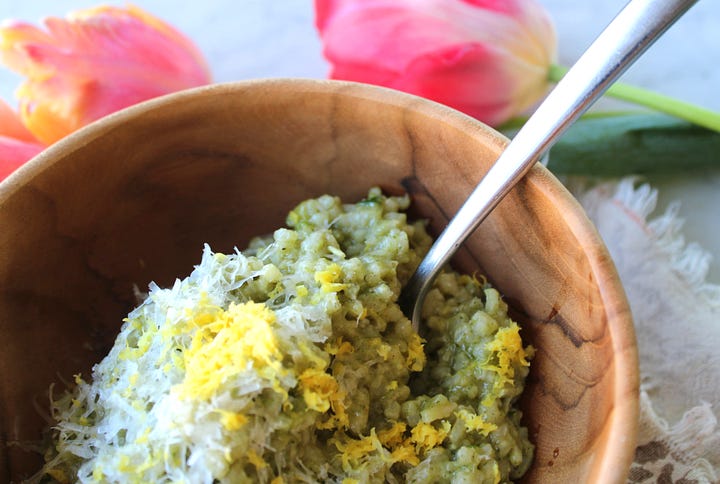
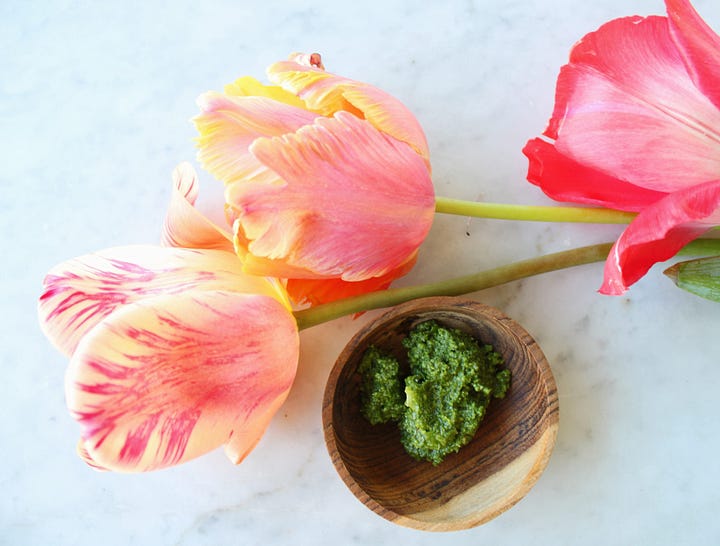
Looking for the nettle & green garlic risotto recipe?
Join as a paid subscriber to access it (and other printables!) here on Substack, or head to my Etsy shop to purchase it as part of my gather: St. Mark booklet.
Hearthside
“And anon, as [St. Mark] came into Alexandria, his shoes were broken and torn; when he saw that he said: ‘Verily I see that my journey is sped, ne the devil may not let me sith that God hath assoiled me of my sins.’
“Then went St. Mark to a shoemaker for to amend his shoes, and as he would work he pricked and sore hurted his left hand with his awl, and when he felt him hurt he cried on high: ‘One God!’
“When St. Mark heard that he said to him: ‘Now know I well that God hath made my journey prosperous.’
“Then he took a little clay and spittle and meddled them together and laid it on the wound, and anon he was whole. When the shoemaker saw this miracle he brought him into his house and demanded him what he was, and from whence he came. Then said St. Mark that he was the servant of Jesu Christ, and he said, ‘I would fain see him.’ Then said St. Mark, ‘I shall show him to thee.’ Then he began to preach to him the faith of Jesu Christ, and after baptized him and all his meiny.”
Jacobus de Voragine, excerpt from The Golden Legend (trans. William Caxton, 1483)4
One of the things I love about the Golden Legend in particular, and all the other legendary accounts of saints’ lives, is the way they reflect back on the life of Christ, further illuminating these same themes through new contexts & centuries. However wild these stories may seem (and some do get pretty wild!), kernels within them point back to the model of their mission.
This cobbler story about St. Mark’s adventures in Alexandria brings to mind Jesus’ concoction of mud, spit, & prayer that healed the blind man in John 9; in Mark’s case, he heals a shoemaker whom he’d gone to for help.
I learn best through story - that’s how I get these narratives, collective memories, & ideas really embedded into my heart.
When I started digging into St. Mark’s day, I knew next to nothing about it; but, in reading these mythic stories of his life, and by encountering the way previous generations and other cultures have celebrated his feast, St. Mark - both the gospel-author and his feast - began to be fleshed out for me.
In planning for our community’s St. Mark gathering, I wanted to highlight this beautiful (and odd!) story about Mark’s broken shoe & miraculous blessing of the cobbler; so, as a way to really draw that story into our own memories, I thought a shoe-spray would be a festive activity. Heaven knows our shoes could all use a re-fresh, right?! Scent is also tied strongly to memory, and now something as humble as a shoe spritz is a fragrant reminder of St. Mark’s blessing.
So, off to the herbs we go!
Our rosemary didn’t fare well (such is life in a flood plain), but we still have sage; research suggests that the volatile oils in sage have anti-microbial properties, so it seems like a fitting addition for a shoe spray.
And, folks, this little spritz is as easy as they get: the only ingredients are sage leaves & vinegar. Time does the rest of the work!
Looking for sage shoe-spray recipe?
Join as a paid subscriber to access it (and other printables!) here on Substack, or head to my Etsy shop to purchase it as part of my gather: St. Mark booklet.
As another way to incorporate the cobbler legend into our celebrations - and to extend this further out into the needs of our community - our gathering also served as an opportunity to collect donations of new shoes (which I brought to our local food bank; they were gone within the first 10 minutes!)
It really filled my heart up brimful to see folks walking out of the food bank carrying brand new shoes for themselves or their kids - and thinking that such a curious legend about St. Mark’s blessing of an injured cobbler could still be the impetus for tangible blessings all these centuries later.
Keep looking for divine prompts, friends! They’re everywhere, if we train ourselves to pay attention…which is what the liturgical calendar is so adept at doing.
Benediction
From dreadfull unprovided death, doth Marke deliver his,
Who of more force than death himselfe, and more of value is.Naogeorgus
Though this missive is arriving right at the tail-end of St. Mark’s Day, remember: you aren’t restricted to celebrating him today! Reach out to friends and see if you can find a time to gather for some risotto.
I asked this question on Notes recently, but wanted to put it here, too - do you have a community that you celebrate the liturgical calendar with? Is that something you’re interested in cultivating? I’d love to hear more!
Pax vobis,
Kristin
Immature garlic that hasn’t bulbed out yet, so it looks a bit like a scallion.
This ability to hop out to a field is a huge privilege, and one I don’t take for granted!
For more thoughts on this, visit one of my previous articles: Now you all can find / the holy times that man must hold onto







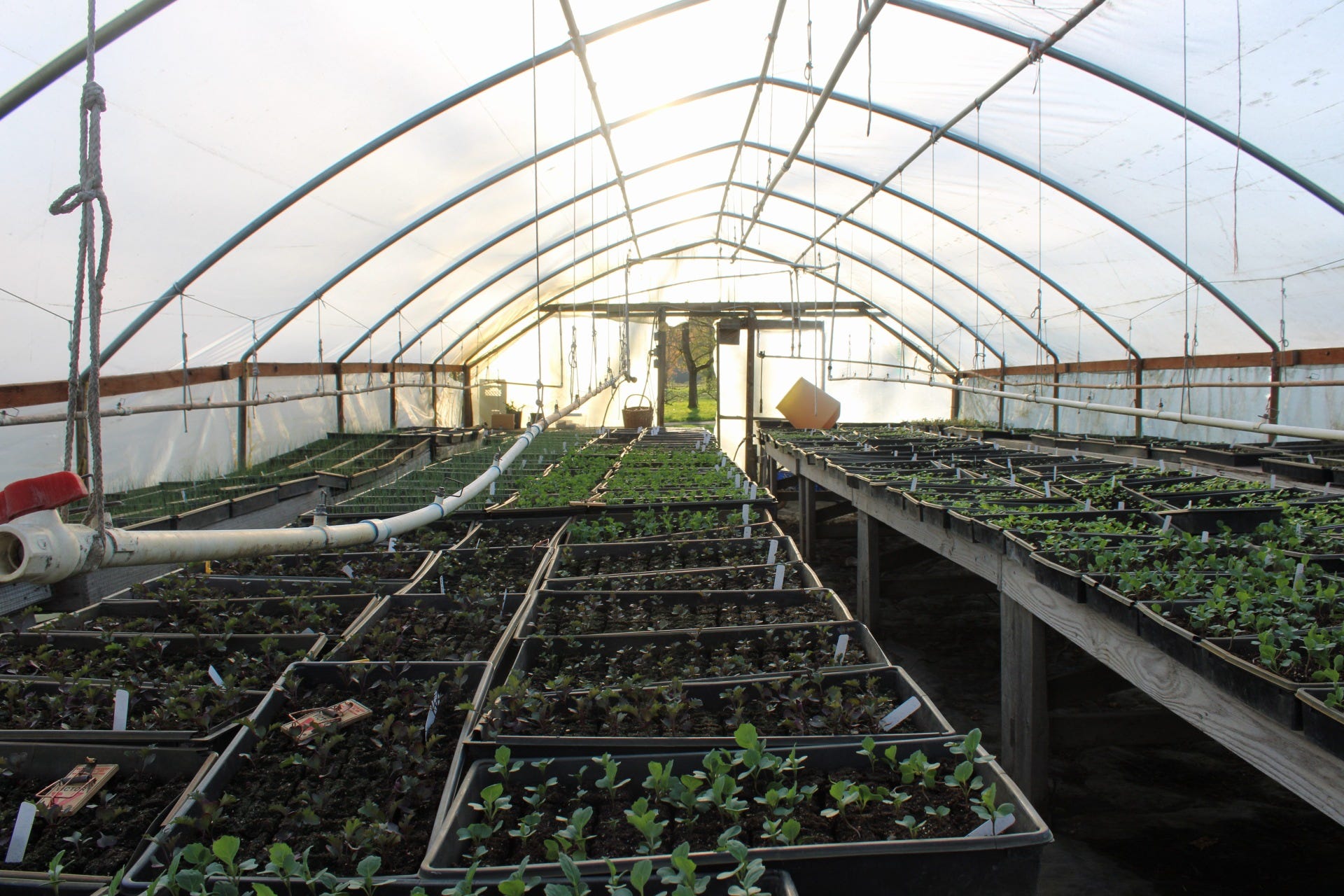

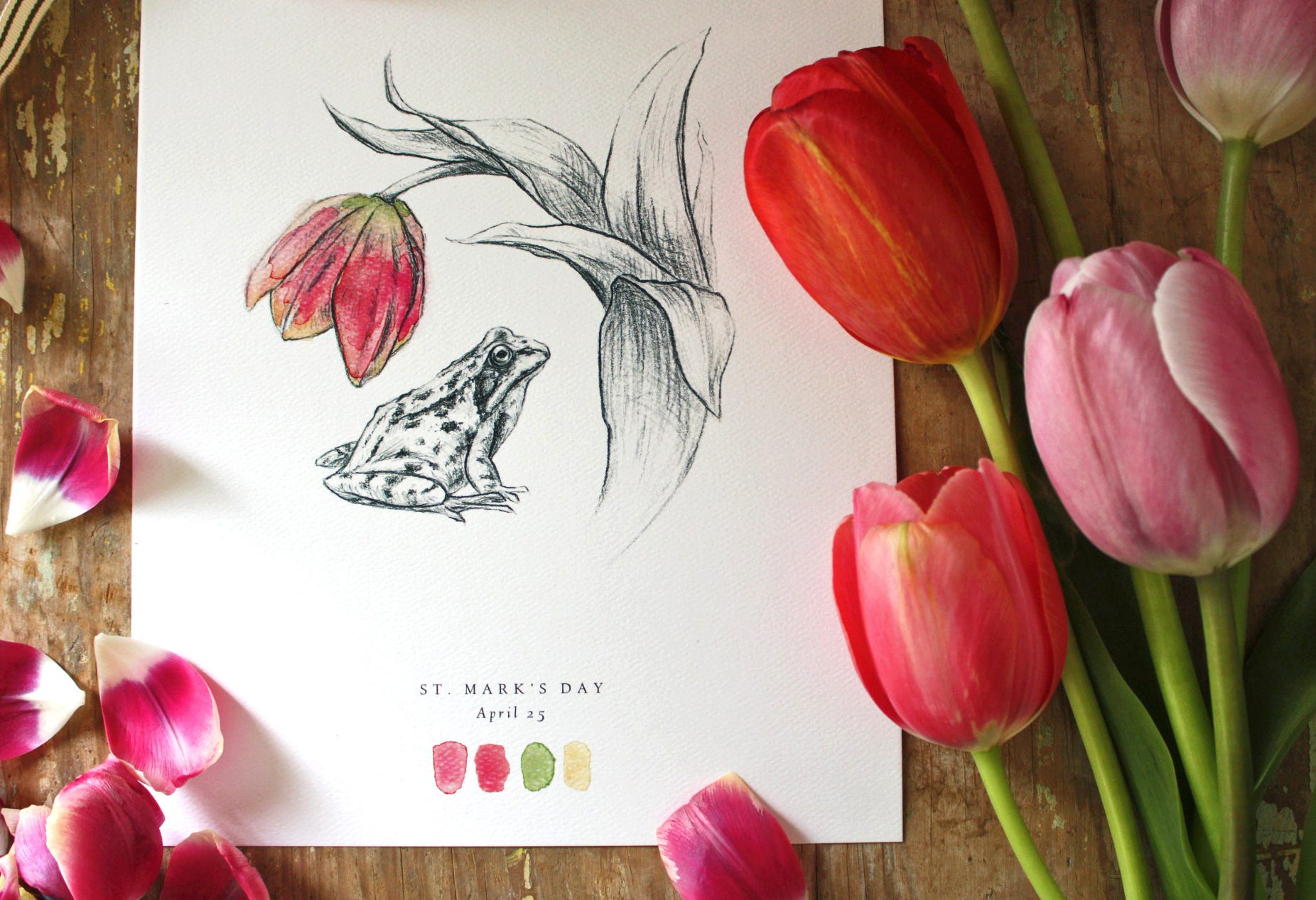

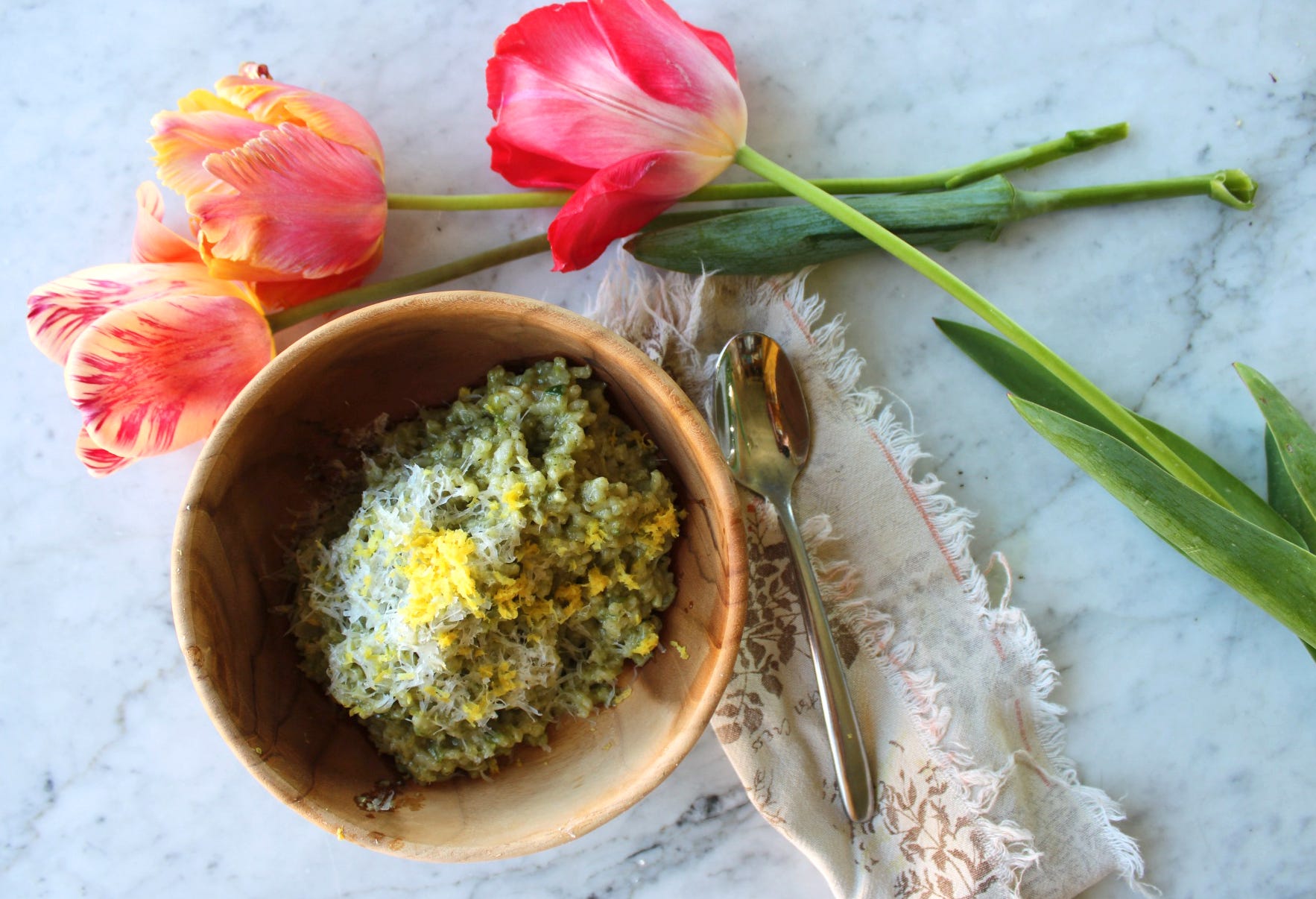

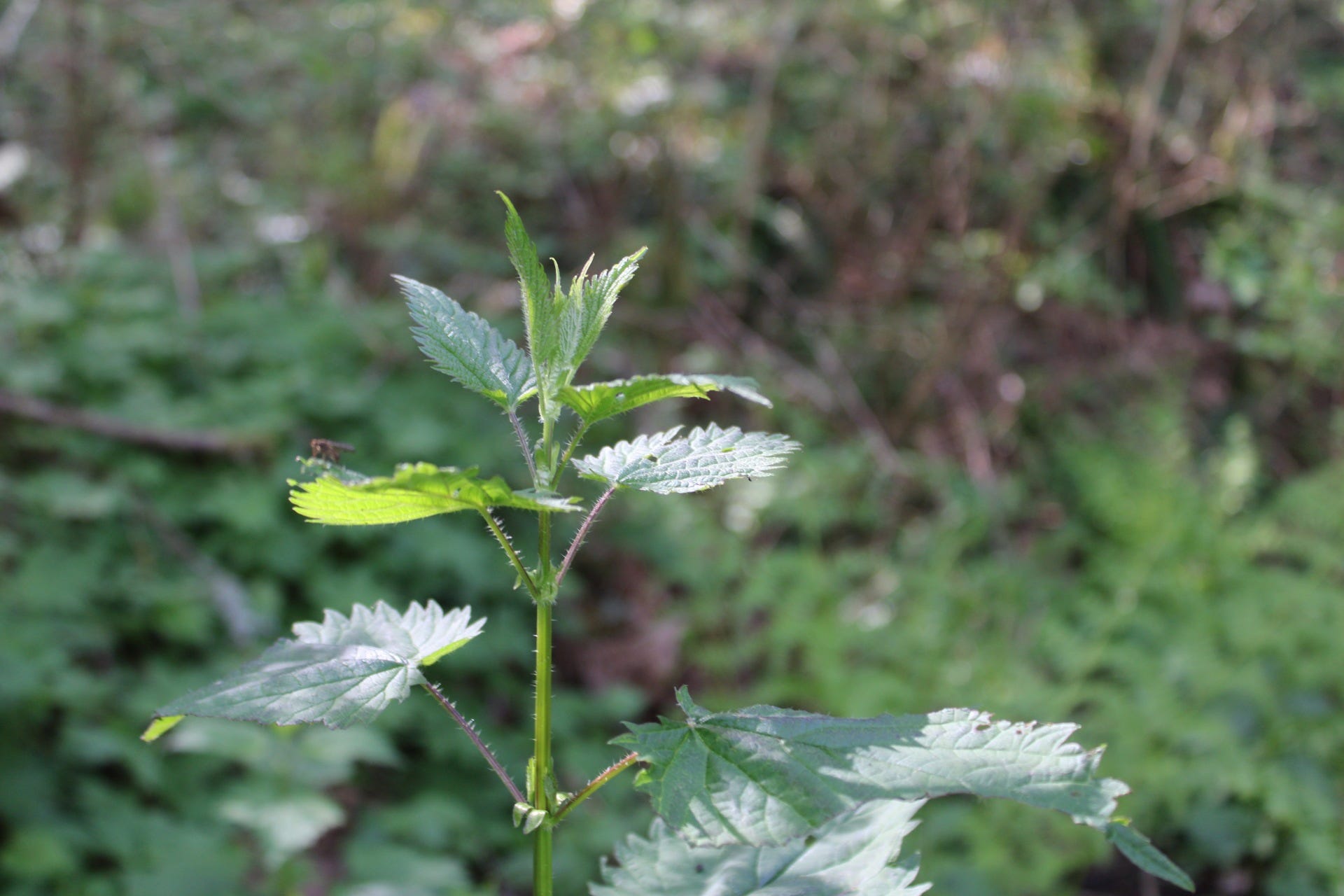
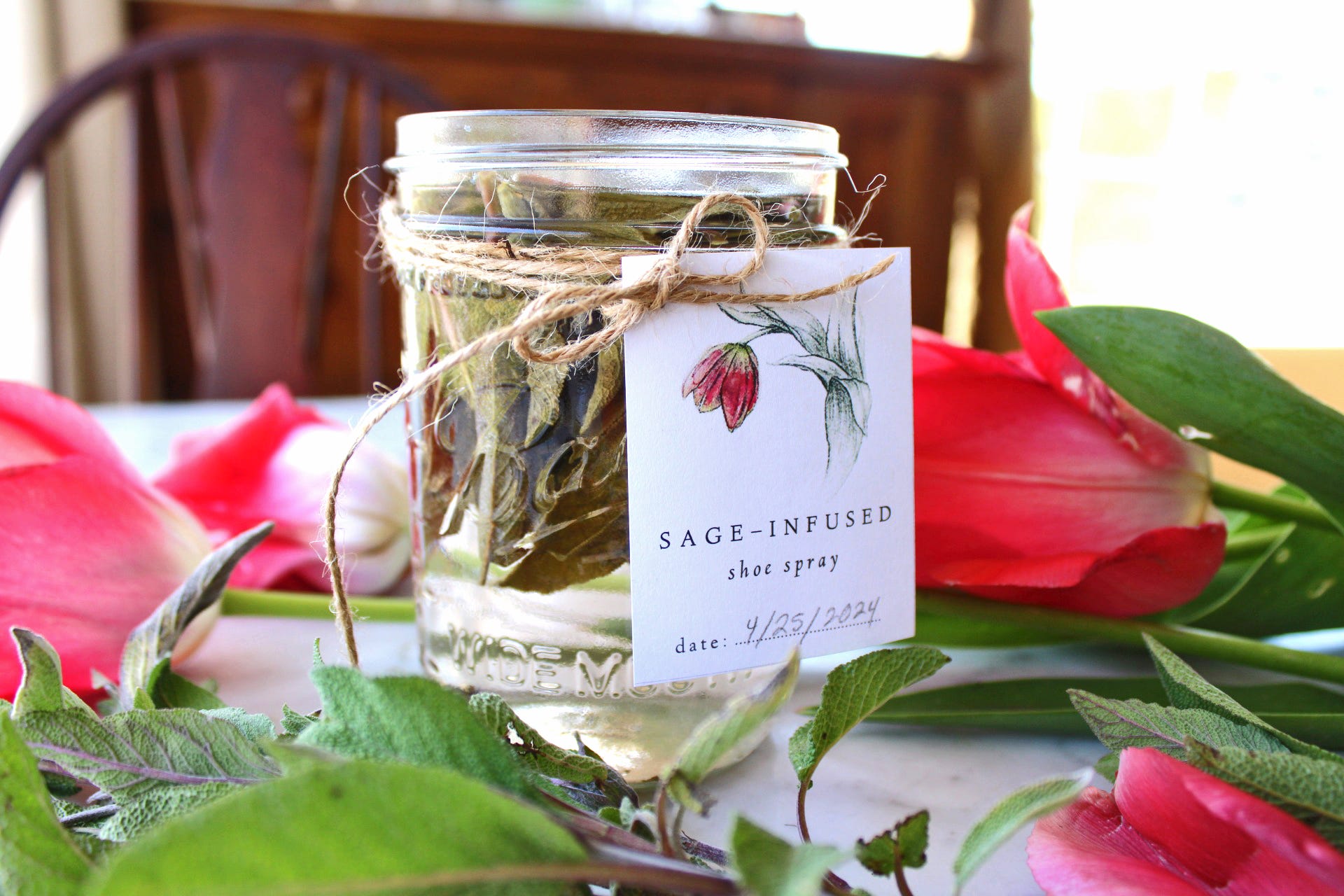
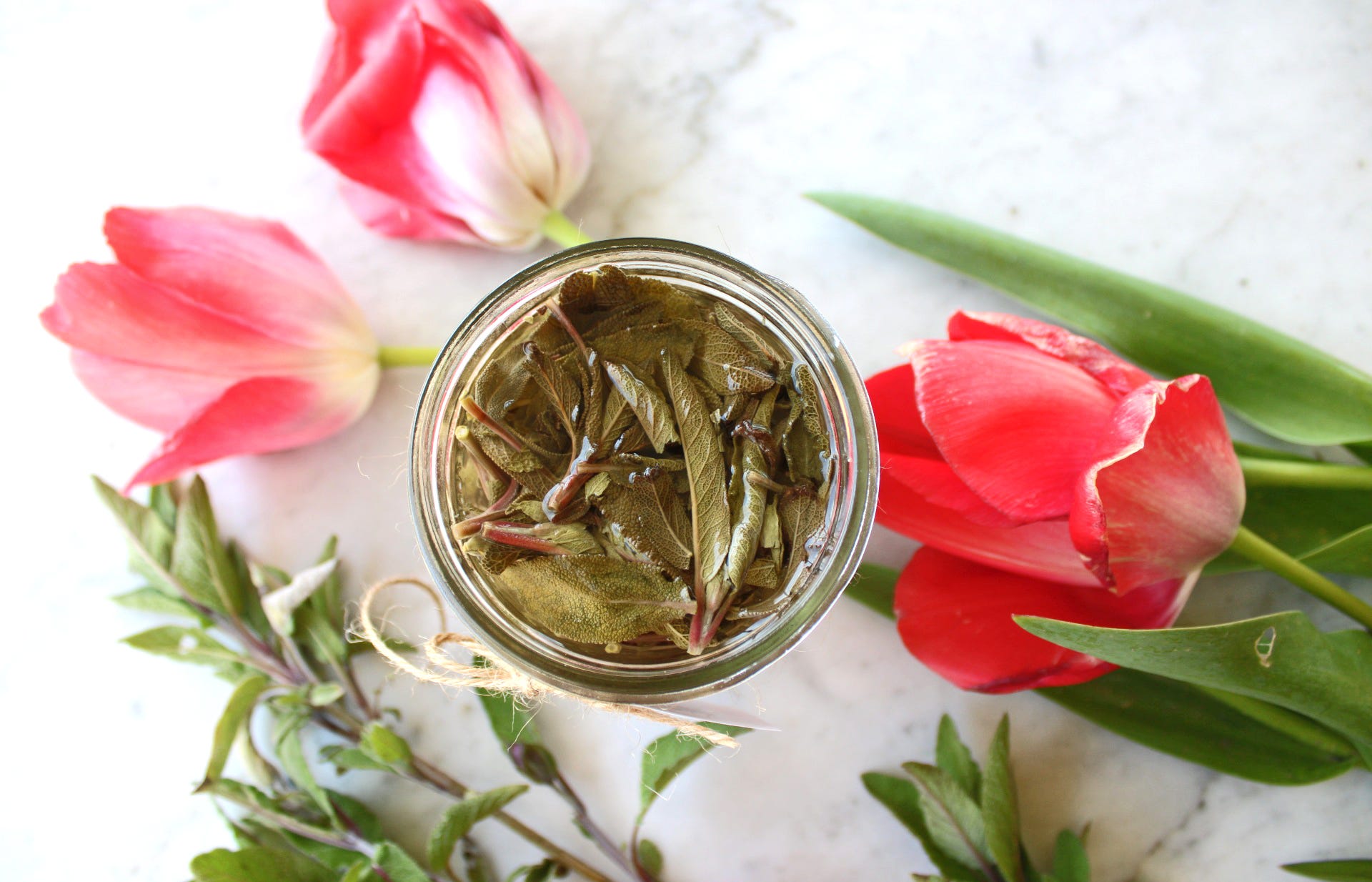
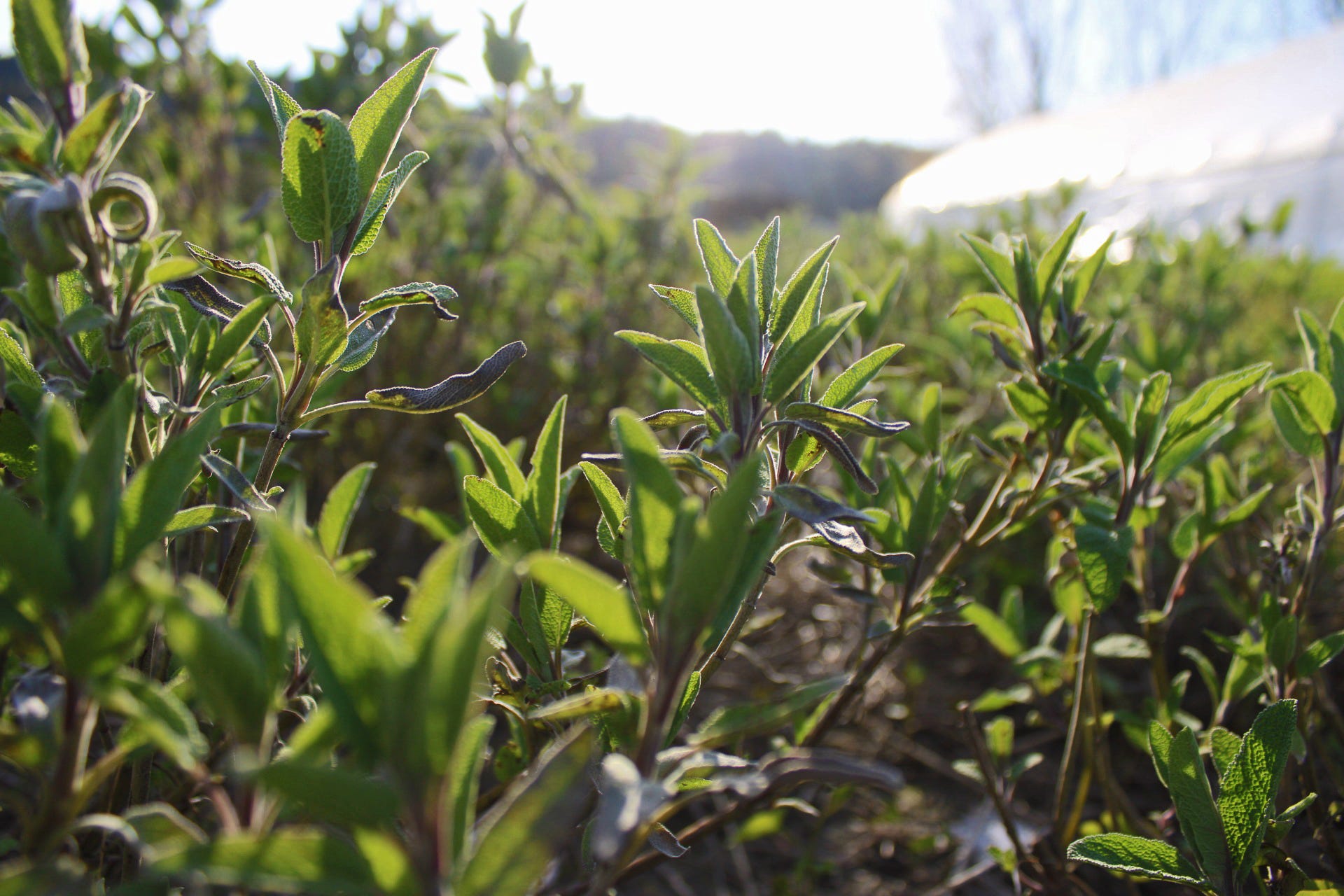
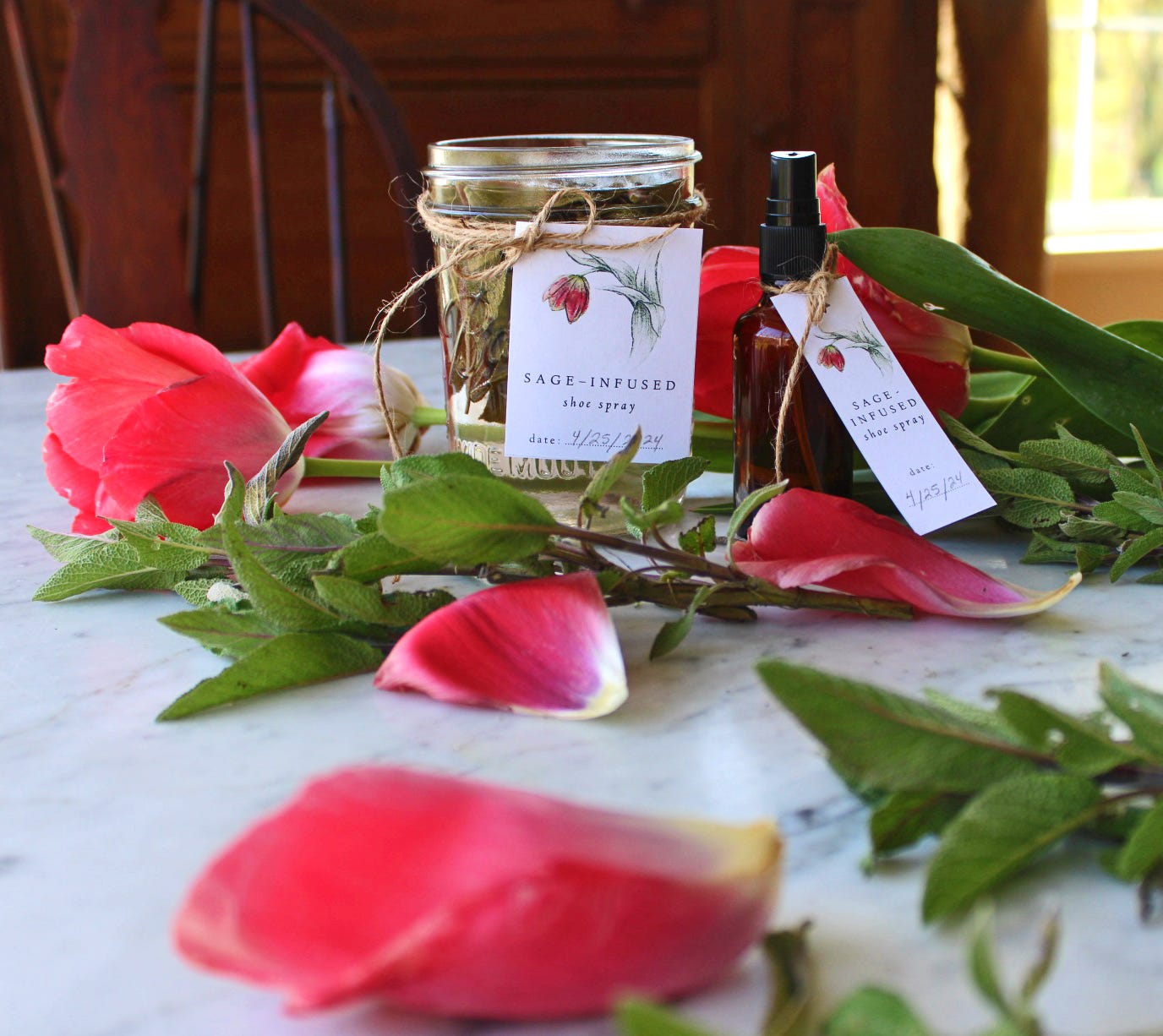


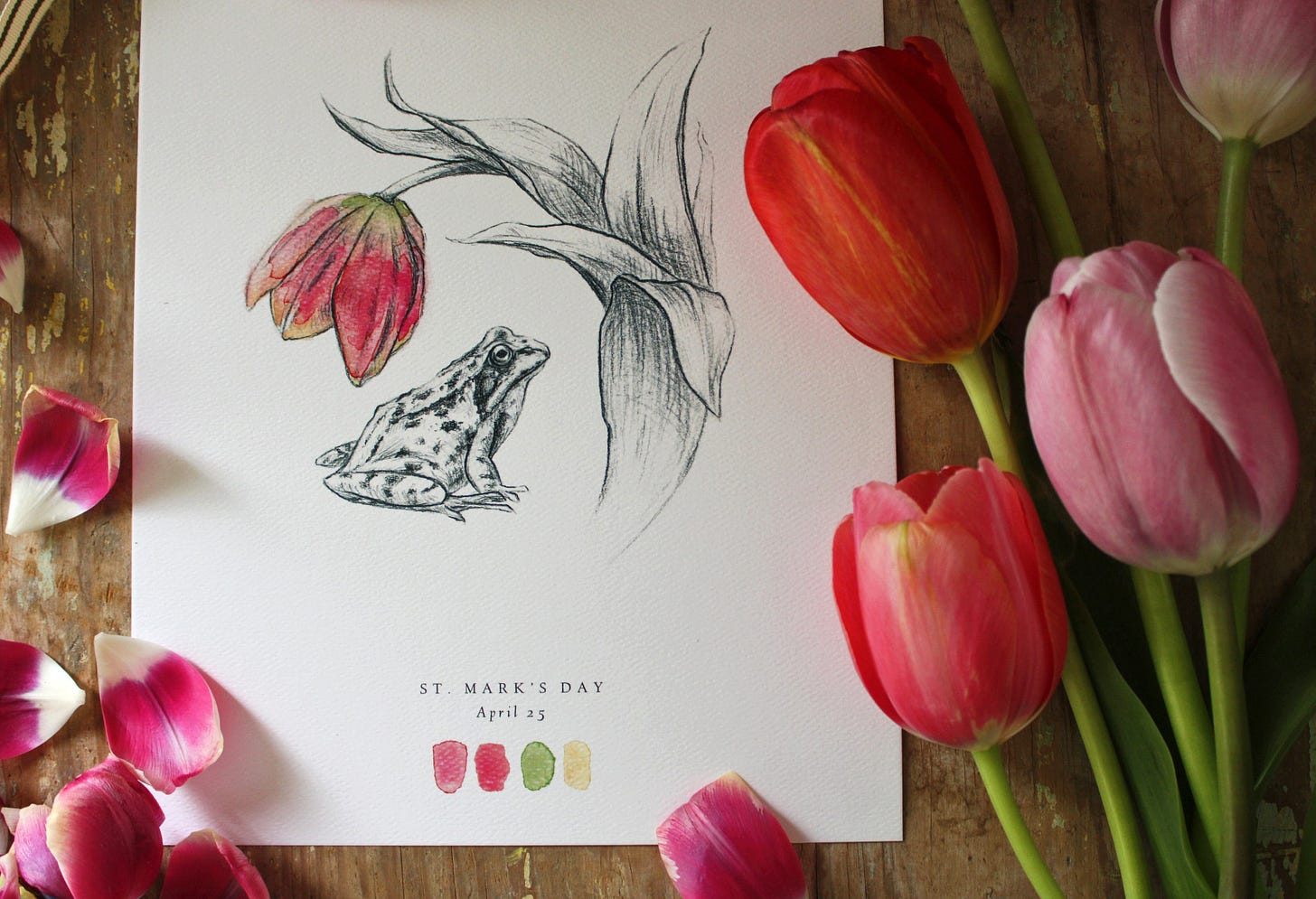
What a fun ride this newsletter took me on, you're such a good writer! I never imagined being riveted by descriptions of nettle pesto but here we are!
Your work has often made me ponder the idea of liturgical celebration community. I struggle with the fact that, since I have an academic background in liturgiology, I am inclined toward the obscure rather than the accessible aspects of paraliturgical life...I suspect the liturgically aware families I know are (rightfully) more interested in crafts for kids, fun recipes, and perhaps a song or two, while I am interested in the weird and wonderful legends like you have collected here, proper prayers, and abstract connections between the liturgical and natural worlds. Frankly I struggle applying the liturgy even in my own home because these more eccentric interests are so ill-aligned with home decor and meal planning! Do you always do the hosting for your liturgical celebrations, and use it as an opportunity to educate the guests on the finer details, or is your whole group interested in the same niche?
Mark, Saint and you sent me to British liturgical history. Wikipedia found outdoor processions and a photo of a church in Kent in 1967 I could recognise from boyhood roaming. And I read of dragons and lions, which might be doable? The Sarum rite seems to have retained an ecumenical meaning.
Frogs for us in the north are usually of the quieter kind but we are thankful they are still with us. I remember talking of signs and portents while working in the Balkans more than 20 years ago. Frogs and wild tortoise were still part of a city-normal, unremarkable. 'If they fall silent, you will have crossed the line' was all I could say.
Could look twee in the grand scheme of things, but these fellows chosen by a British charity emphasise the local. Little Green Space @LGSpace if that address is reachable from where you are on twitter.